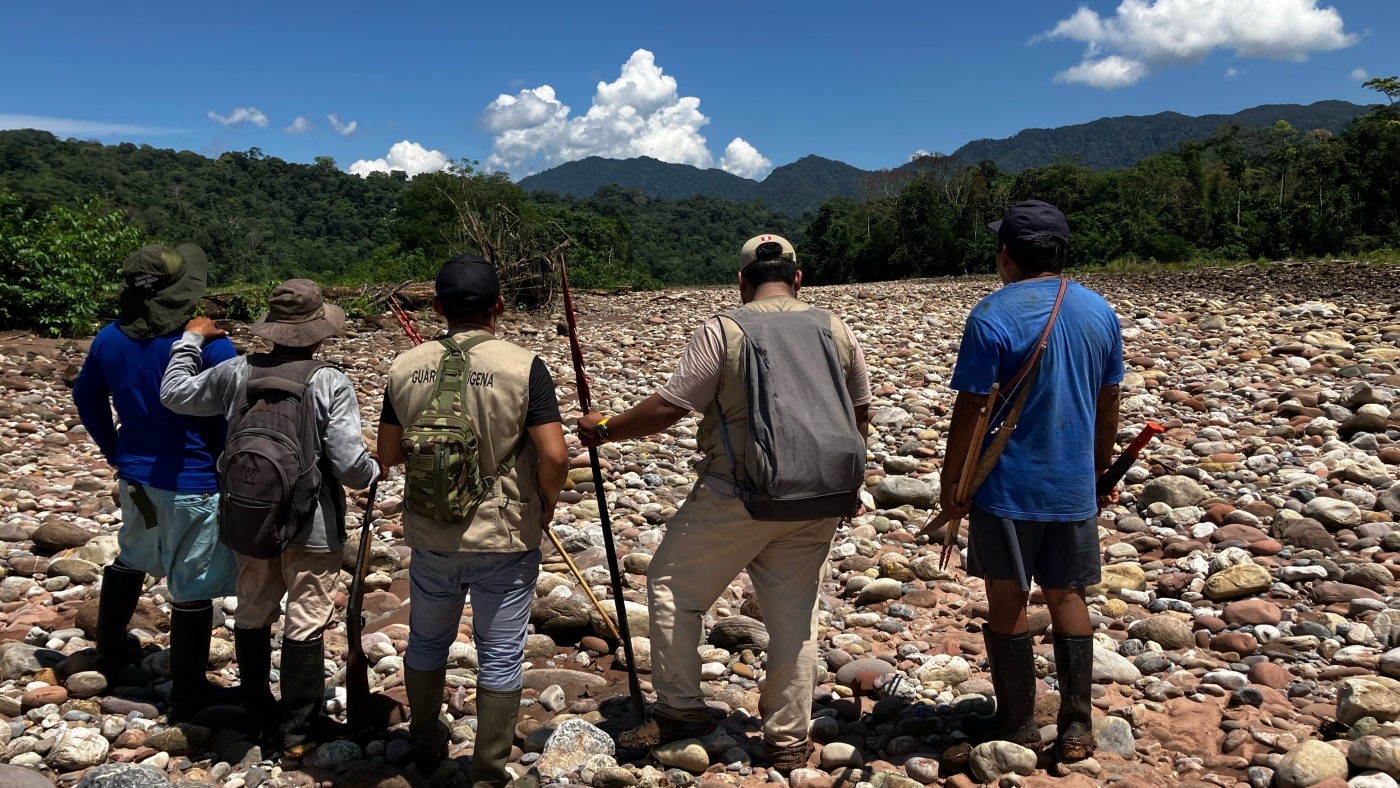
"UCAYALI, Peru As they patrol their ancestral territory deep in the Amazon, some of the members of the Kakataibo Indigenous Guard carry spears. Others wield machetes. Several have traditional bows and arrows and one has an ancient shotgun slung over his shoulder. Threading their way along overgrown paths and wading through rivers, the mission of this tightly-knit group of Indigenous villagers is deadly serious to find illicit plantations of coca, the key ingredient in cocaine, on tribal land."
"The number of hectares of coca in the South American nation rose from nearly 43,000 (106,255 acres) in 2013 to nearly 90,000 (more than 222,000 acres) in 2024. The country now produces an estimated 850 tons of cocaine a year, production fueled by the global demand for the drug, including in the world's largest consumer market, the United States."
As they patrol ancestral territory in the Amazon, members of the Kakataibo Indigenous Guard carry spears, machetes, bows and an old shotgun to locate illicit coca plantations on tribal land. Coca cultivation in Peru rose from nearly 43,000 hectares in 2013 to nearly 90,000 hectares in 2024, producing an estimated 850 tons of cocaine annually, driven by global demand including the United States. In Ucayali an estimated 12,000 hectares of coca and dozens of clandestine airstrips appear, some on titled Indigenous land and within reserves for isolated tribes. The expansion brings corruption, deforestation and deadly violence; about 20 Indigenous leaders were murdered in recent years, six Kakataibo.
Read at www.npr.org
Unable to calculate read time
Collection
[
|
...
]